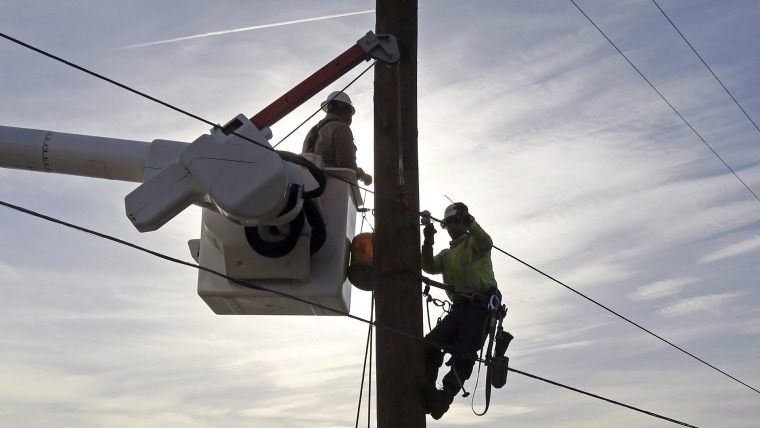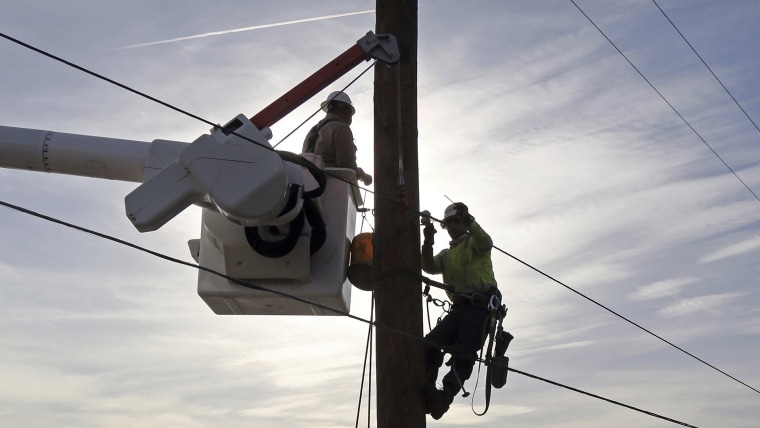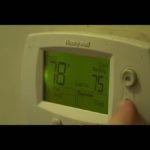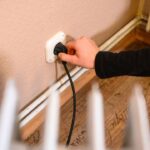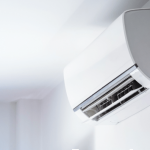Heat waves and high energy costs are hitting some communities hard – NBC News
Energy Disrupter
The Salvation Army of Macon is expanding its operations during the heat wave to serve as a cooling center for the public. The organization also runs a shelter where people can stay overnight, and White said she and her colleagues are already struggling to keep up with demand, especially with forecasts projecting high heat and humidity to linger for weeks.
“We have such a large influx that we’re looking at opening a second spot in our worship center,” she said. “Technically, we have a 122-bed system, but we also have cots and we just keep taking people in until we can’t get them in anymore.”
Cities across the country are taking similar steps to protect residents from heat-related illness and death. Local governments in Phoenix, Denver and Detroit announced plans last week to open cooling centers, distribute water and erect new structures to provide shade.
Heat is sometimes known as a “silent killer” because symptoms of heat-related illness can often go unnoticed until it’s too late. The body’s organs can become overtaxed and shut down if they lose the ability to regulate temperature, and heat can also worsen symptoms from underlying conditions such as cardiac disease, diabetes or kidney problems.
Young children, the elderly, people experiencing homelessness and individuals with pre-existing medical conditions are among those at highest risk of heat-related illness and death when temperatures soar.
In the Columbus, Ohio area, it’s been so hot the air conditioning can’t keep up, said Yvette Moyler, 59.
“In this weather, it’s hard to breathe,” said Moyler, who lives in Worthington, a northern suburb of Columbus, where a heat advisory was in effect through Thursday. Temperatures climbed into the upper 90s Tuesday, with the heat index soaring above 110 degrees, according to the National Weather Service.
Moyler, who lives alone, is recovering after treatment for breast cancer in her Columbus home and continues to experience side effects from radiation and other treatments. The heat intensifies her symptoms.
The hot weather dries out her sinuses, which were damaged during treatment, and makes her breathing labored. It intensifies the hot flashes she experiences from taking medication. And it leaves her bones smarting.
“If it’s too hot, I ache,” Moyler said.
Power outages last week compounded problems with heat in the Columbus area. Moyler lost power overnight Tuesday, but counted herself fortunate — nearby residents and businesses had experienced longer outages.
Last week, severe storms in Ohio downed power lines and damaged infrastructure. Nearly a quarter of a million customers of the local utility, AEP Ohio, were without power Tuesday night, including many in the Columbus area, according to the company’s website.
The outage, combined with the heat, left staffers at the Lifecare Alliance, a local nonprofit, scrambling to deliver fans, transport people to a facility with air conditioning and provide meals for those in need.
Moyler received a fan from the agency, which distributes about 4,000 a year.
Chuck Gehring, president and CEO of the LifeCare Alliance, which has about 30,000 clients in central Ohio, said the organization’s volunteers called more than 1,500 clients Tuesday to check on their cooling and food needs. He said many people were being squeezed by the cost of cooling, which has only been exacerbated this year by inflation and high energy prices.
“We have a lot of people who either do not have air conditioning in an old house or they can’t afford to turn it on,” Gehring said. “A lot of them won’t turn it on because they’re afraid if they can’t pay their bills they’ll get evicted.”
Inflation and rising energy prices have a disproportionate impact. The U.S. Department of Energy says low-income families often spend about 8.6% of their budgets on energy — nearly three times what higher income families pay.
The average price of residential electricity is projected to rise nearly 4% over last summer, according to the U.S. Energy Information Administration’s summer energy outlook.
“For middle class families it’s very tough — they’re getting hit with higher gasoline prices, higher home energy prices, higher next winter home heating costs,” said Mark Wolfe, executive director of the national energy assistance director’s association. “For low-income families, this is catastrophic.”
In California, where temperatures can vary 20 or more degrees between coastal cities and inland communities, heat waves have become a public health crisis exacerbated by income inequities.
A 2021 study by the University of California, Davis, found that low-income areas in the Southwest are 4 to 7 degrees hotter on average than wealthy neighborhoods in the same metro regions.
Original Source: https://www.nbcnews.com/science/environment/heat-waves-high-energy-costs-are-hitting-communities-hard-rcna33978

